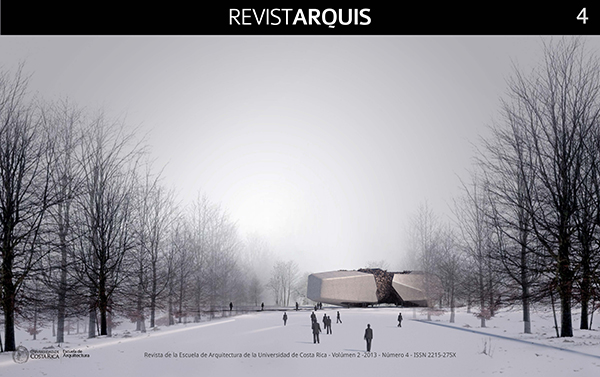Resumen
Presentación
Este texto es un lúcido cuestionamiento de la noción de “interpretación” en la representación arquitectónica, entendida comúnmente como el desvelamiento de un supuesto significado que yace oculto entre los misterios de la obra y el turbio cerebro del arquitecto. El historiador británico Robin Evans (1944-1993) revisa las pseudo metáforas espaciales y temporales que emanan de tal postulado y propone otro tipo de acercamiento a la noción de representación a partir de la opacidad generada por una serie de dibujos titulada Chamber Works, que el arquitecto Daniel Libeskind expuso en 1983.
Revistarquis tiene el honor de publicar la primera traducción al español del texto de Evans, impreso por primera vez en la revista AA Files hace veintiocho años. Transcurrido este tiempo, el texto de Evans muestra, en toda su lucidez, lo que continúa estando en juego en la representación en arquitectura.
Presentation
This text bears important questions on the notion of “interpretation” in representation in architecture, which is commonly understood as the disclosure of a so-called “meaning” that lies hidden somewhere between the mysteries of the work and the murky brain of the architect. British historian Robin Evans (1944-1993) examines the spatial and temporal pseudo-metaphors emanating from such presumptions and offers another approach to representation, one that he bases on a series of drawings by architect Daniel Libeskind entitled Chamber Works, exhibited in 1983. RevistArquis is honored to be publishing here the first Spanish translation of Evans’ text, which first appeared in print in the AA Files twenty-eight years ago. Despite the passage of time, Evans’ text shows in all its lucidity what continues to be at issue in the representation of architecture.

